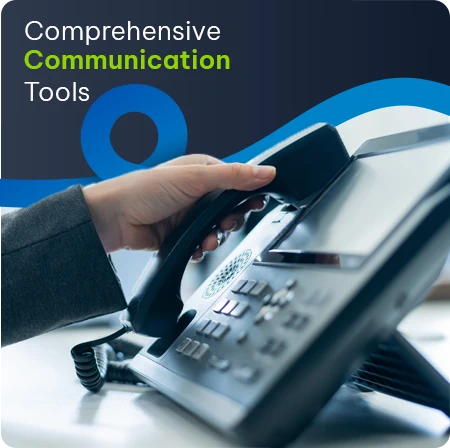According to Statista, about 20 to 22 million people in South Africa use a smartphone, which accounts for nearly one-third of the country’s population. This, together with the declining cost of data is changing consumer behaviours, and businesses are increasingly having to turn to different channels and platforms through which to interact with their customers, writes Mayleen Bywater, Senior Product Manager for Email at Vox.
While getting your company’s message out has for long been seen as an art, the growth in capabilities of modern digital marketing tools means that organisations are increasingly taking data-driven decisions on how to deliver the right message to the right audience in order to get the maximum impact for their communications campaigns.
Gone, however, are the days of simply spamming users with generic messaging. Organisations need digital tools that help them send out content, using data and analytics to identify customer preferences, and then modify accordingly.
To be successful in their efforts, organisations need to be able to create intelligent, engaging, functional, and measurable communications. The need to be able to reach existing or potential customers at any time makes targeting them through mobile devices ideal, and communications should extend beyond just emails to SMS and even voice broadcasting.
According to Everlytic, the key to understanding how effective your emails are is the click-to-open rate (also known as the effective rate), which tells you what percentage of the people who opened your email also clicked on a link within the email.
The most recent Everlytic Email Marketing Benchmarks report, released every two years, finds that most top quartile performers are achieving open rates of between 24% and 30%.
Overall, the publishing and media industry continues to lead the way in the top quartile, with a very respectable click-to-open rate of 20.04%, while top marketers at some financial institutions are getting a remarkable 36.82% open rate.
While the first impression toward voice broadcasting might be negative, due to the impersonal nature of robocalls most commonly experienced by South Africans, the technology can be used in a much better way.
Rather than being used for cold-calling, personalised voice broadcasting has the potential to add a valuable dimension to help enhance customer service and customer relationship management.
Rather than generic spam robocalls trying to sell you products and services that you are not interested in, voice broadcasting can be used in instances such as reminding respondents about upcoming events they have signed up for or even informing travellers about flight delays or changes.
In addition, the rise in data and privacy regulation in many countries globally means that organisations have to be far more careful about how they contact people, make use of their contact details, and even how they store and protect confidential customer information. This makes working with a reputable digital marketing vendor all the more critical.
When the European Union’s General Data Protection Regulation (GDPR) was enforced in May 2018, companies made a conscious effort to get their house in order and security became a priority at board-level. Locally, the Protection of Personal Information Act (PoPI) is imminent with the Information Regulator busy putting processes in place to monitor and enforce compliance of the act.
The onus will be on organisations to understand the measures put in place to secure the data, and to have processes in place that highlight how, and where personal information is stored, used and shared – and contravening these regulations, in the case of GDPR, can result in heavy fines.
With the right platform at hand, South African companies should be able to increase customer engagement by taking out the guesswork of what type of content to send out, through which communications medium, and when.
By turning to a full feature digital marketing platform, organisations will be able to take advantage of multi-channel communications, transactional client messaging, and automate customer journeys, using the resulting interactions and engagements to better understand their customers’ preferences – helping build brand and customer loyalty and improving the potential for sales in the process.












